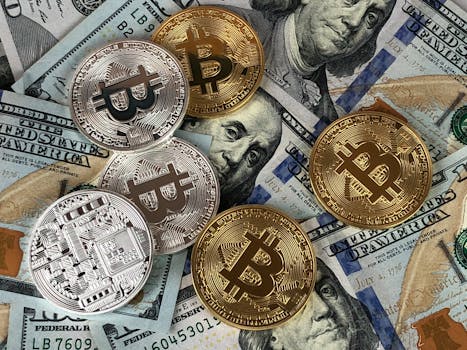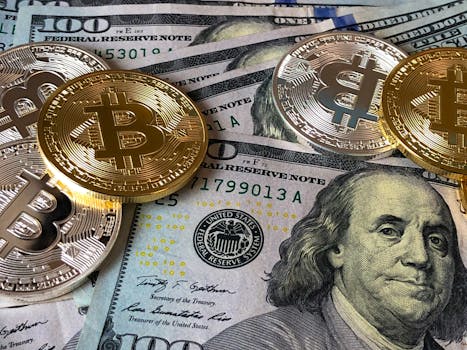
“
The Intersection of AI and Cryptocurrency: Innovations to Watch for in 2025
The Intersection of AI and Cryptocurrency is a rapidly evolving field, with new innovations emerging every year. In 2025, we can expect to see significant advancements in areas such as AI-powered trading platforms, decentralized finance, and blockchain-based AI solutions. As we delve into the possibilities of this intersection, we will explore the current state of AI and cryptocurrency, the innovations that are currently being developed, and what we can expect to see in the future.
Current State of AI and Cryptocurrency

Artificial intelligence (AI) has been increasingly used in various aspects of cryptocurrency, including trading, security, and predictive analytics. AI algorithms can analyze large amounts of data, identify patterns, and make predictions about market trends, allowing for more informed investment decisions. Additionally, AI-powered chatbots are being used to provide customer support and facilitate transactions.
Cryptocurrency, on the other hand, has been gaining popularity as a medium of exchange, with the rise of Bitcoin, Ethereum, and other digital currencies. The use of blockchain technology, which is the underlying framework for most cryptocurrencies, has also been expanding beyond cryptocurrency, with applications in areas such as supply chain management and smart contracts.
Innovations to Watch for in 2025

As we look to 2025, there are several innovations that are likely to emerge at the intersection of AI and cryptocurrency. Some of the most significant advancements include:
- AI-powered trading platforms: AI algorithms will continue to improve, allowing for more accurate predictions and automated trading decisions. This could lead to increased efficiency and profitability for investors.
- Decentralized finance (DeFi): DeFi platforms, which use blockchain technology to provide financial services such as lending and borrowing, will continue to grow. AI will play a key role in these platforms, enabling more efficient and secure transactions.
- Blockchain-based AI solutions: The integration of AI and blockchain will lead to the development of more secure and transparent AI solutions. This could have significant implications for areas such as data protection and predictive analytics.
- AI-powered cryptocurrency wallets: AI-powered wallets will become more prevalent, providing users with increased security and convenience. These wallets will be able to detect and prevent fraudulent transactions, and will also be able to provide personalized investment advice.
- AI-driven cryptocurrency regulation: As cryptocurrency continues to grow, there will be an increasing need for regulation. AI will play a key role in this process, enabling regulators to monitor and analyze cryptocurrency transactions more effectively.
Challenges and Limitations

While the intersection of AI and cryptocurrency holds significant promise, there are also several challenges and limitations that need to be addressed. Some of the most significant challenges include:
- Regulatory uncertainty: The regulatory environment for cryptocurrency is still evolving, and there is a lack of clarity around the use of AI in cryptocurrency transactions. Navigating regulatory challenges will be crucial for the future of cryptocurrencies.
- Security risks: The use of AI in cryptocurrency transactions also raises security concerns, as AI algorithms can be vulnerable to hacking and other forms of exploitation.
- Scalability: As the use of cryptocurrency grows, there will be an increasing need for more scalable solutions. AI can help to address this challenge, but it will require significant investment and development.
- Energy consumption: The use of AI in cryptocurrency transactions also raises concerns about energy consumption, as AI algorithms require significant processing power.
Conclusion

In conclusion, the intersection of AI and cryptocurrency is a rapidly evolving field, with significant innovations emerging every year. As we look to 2025, we can expect to see advancements in areas such as AI-powered trading platforms, decentralized finance, and blockchain-based AI solutions. However, there are also several challenges and limitations that need to be addressed, including regulatory uncertainty, security risks, scalability, and energy consumption. By understanding these challenges and opportunities, we can work towards creating a more secure, efficient, and transparent financial system.
See more:
https://www.coindesk.com/
https://www.forbes.com/
https://www.bloomberg.com/




